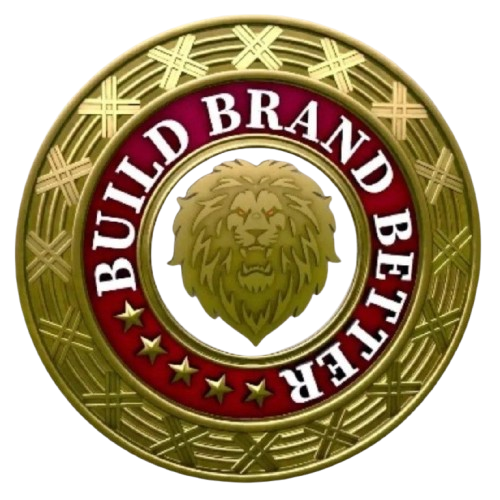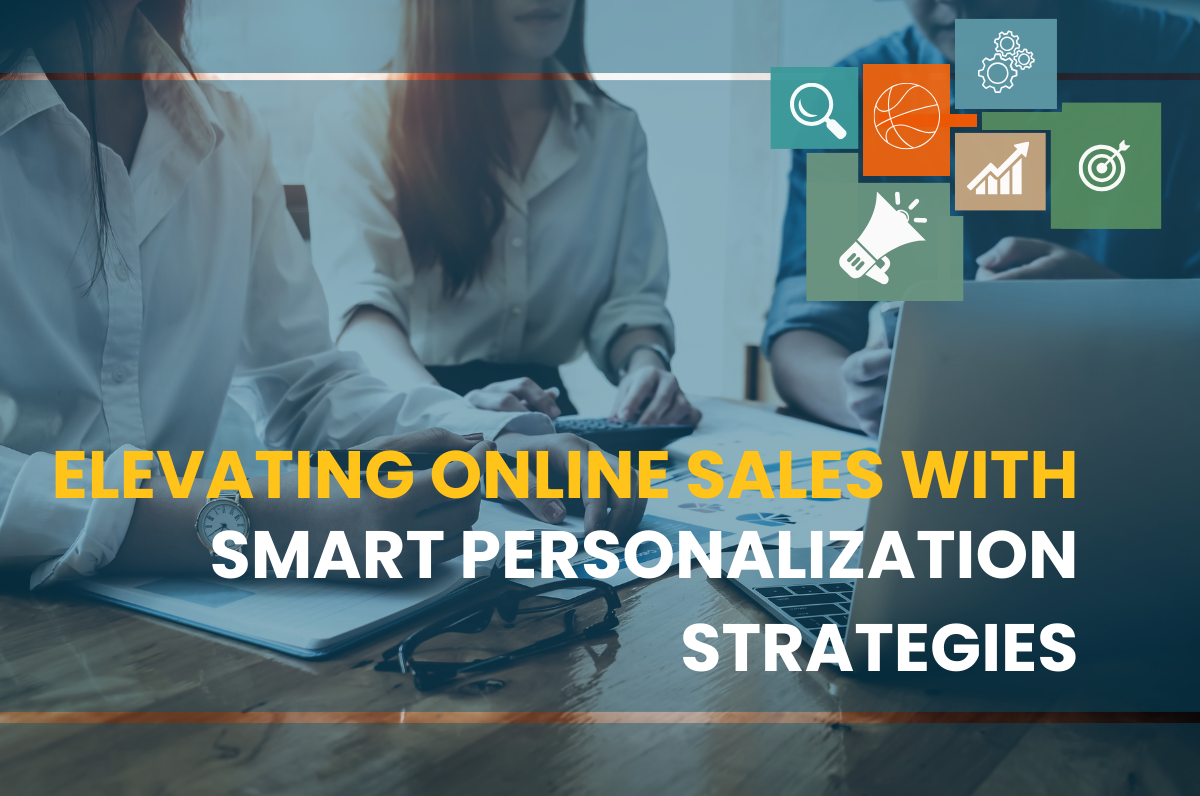Elevating Online Sales with Smart Personalization Strategies
Introduction:
In today’s rapidly changing digital world, achieving success in online sales requires more than just having great products. It involves using smart strategies to engage customers effectively and turn visits into purchases. One such strategy gaining prominence is the use of product recommendation engines. These engines have revolutionized the way businesses interact with customers online, offering personalized recommendations that enhance the shopping experience and boost sales. In this guide, we’ll explore how businesses can leverage product recommendation engines to optimize their online sales strategies.
Understanding Product Recommendation Engines:
A product recommendation engine lies at the heart of personalized online shopping experiences. It utilizes advanced algorithms and data analytics to analyze customer behavior, preferences, and demographics. By doing so, these engines provide tailored product suggestions to individual users, helping them make informed decisions and increasing engagement. Embracing recommendation engines allows businesses to create curated shopping experiences that resonate with each customer on a personal level, leading to higher satisfaction and sales.
How to Handle Product Recommendations at Various Touch points:
To maximize the effectiveness of product recommendation engines, businesses need to strategically deploy recommendations across different stages of the customer journey. Let’s explore actionable strategies for optimizing product recommendations at each touch point:
Home Page:
What: The home page is the first point of contact for visitors to your online store.
How to Handle: Feature popular or trending products prominently to capture the attention of first-time visitors. For returning visitors, showcase personalized recommendations based on their browsing history or past purchases.
Category Pages:
What: Category pages help users navigate through different sections of your store.
How to Handle: Customize category pages to display relevant products based on user preferences. Implement filtering options and sorting mechanisms to streamline the shopping experience.
Product Pages:
What: Product pages provide detailed information about individual items.
How to Handle: Enhance product pages with sections like “Customers also viewed” or “Frequently bought together” to suggest complementary products. Incorporate social proof elements such as user reviews to build trust.
Shopping Cart Page:
What: The shopping cart page displays items selected for purchase.
How to Handle: Use this page to suggest additional items that complement the user’s selections. Highlight the benefits of adding recommended products to encourage upselling or cross-selling.
Order Confirmation Page:
What: The order confirmation page confirms successful transactions.
How to Handle: Present post-purchase recommendations based on the user’s order history to encourage repeat purchases. Include persuasive calls-to-action to promote additional products.
Error or “Out-of-Stock” Pages:
What: Error pages occur when users encounter issues like broken links or out-of-stock products.
How to Handle: Use these pages as an opportunity to suggest alternative products or guide users to relevant pages. Continuously refine recommendations based on user feedback and market trends.
Partnering with Build Brand Better for Expert Guidance:
In the competitive world of e-commerce, navigating product recommendation strategies can be challenging. That’s where Build Brand Better comes in. With expertise in online reputation management, they help businesses establish a strong digital presence that fosters customer trust and loyalty. By offering personalized strategies tailored to each client’s needs, Build Brand Better enables businesses to thrive in today’s competitive market.
Conclusion:
Smart personalization strategies, powered by product recommendation engines, are essential for driving online sales growth. By optimizing recommendations at various touchpoints and partnering with experts like Build Brand Better, businesses can create exceptional shopping experiences that keep customers coming back. With a customer-centric approach and a commitment to continuous improvement, businesses can succeed in the ever-evolving world of e-commerce.
FAQ
Q1: What is a product recommendation engine?
A1: A product recommendation engine is a technology that utilizes algorithms and data analytics to analyze customer behavior, preferences, and demographics. It provides personalized product suggestions to users based on their past purchases, browsing history, and other relevant data points.
Q2: How can product recommendation engines enhance the online shopping experience?
A2: Product recommendation engines enhance the online shopping experience by offering tailored product suggestions that align with each customer’s individual preferences and interests. This personalized approach helps users discover relevant products more efficiently, leading to increased satisfaction and engagement.
Q3: What are some key touchpoints for implementing product recommendations in the customer journey?
A3: Key touchpoints for implementing product recommendations include the home page, category pages, product pages, shopping cart page, order confirmation page, and error or “Out-of-Stock” pages. By strategically deploying recommendations at these touchpoints, businesses can optimize the customer’s shopping journey and drive sales.
Q4: How can businesses optimize product recommendations on the home page?
A4: To optimize product recommendations on the home page, businesses can feature popular or trending products for first-time visitors and showcase personalized recommendations for returning visitors based on their browsing history or past purchases.
Q5: What strategies can businesses use to enhance product recommendations on category pages?
A5: Businesses can enhance product recommendations on category pages by customizing them to display relevant products based on user preferences. Implementing filtering options, sorting mechanisms, and dynamic content can further streamline the shopping experience.
For more Blogs:- www.buildbrandbetter.io/blog/

